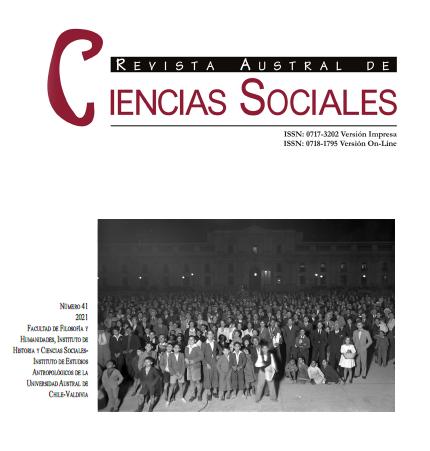Situated Devices of Visibility: A Conceptual Framework for Museographic Compositions in Former Detention Centers Recovered as Memory Sites
Main Article Content
Abstract
The paper outlines a conceptual framework for the construction and analysis of the museography of former detention centers recovered as Sites of Memory, which can show how it integrates the perceptual data associated with the materiality of the space, the visual artifacts exhibited, and the oral account of the mediator who leads the guided tours. Using the concept of devices of visibility elaborated by Rancière, the paper proposes to conceive each room as a composite image that puts into action a certain regime of the expressible - the visible, the sayable and the thinkable - linked to the politics of each Site. These categories are applied to the analysis of the museography of three Sites of Memory in Chile: Londres 38, the Ex Clínica Santa Lucía and Nido 20. Special attention is paid to the way in which artifacts that register state violence are transposed into the museographic compositions of the Site.


 http://orcid.org/0000-0002-8610-2205
http://orcid.org/0000-0002-8610-2205